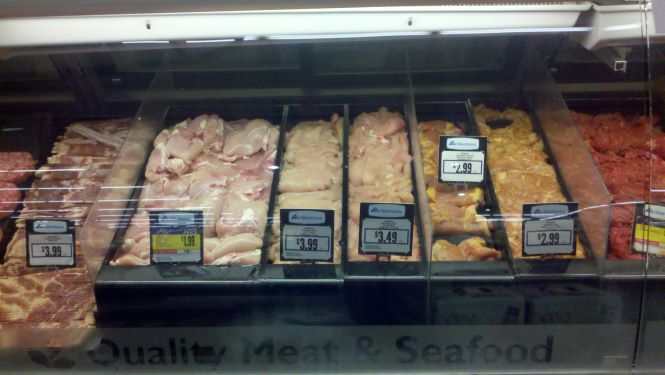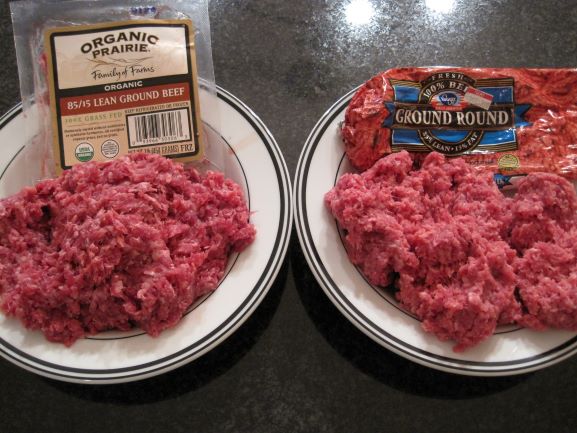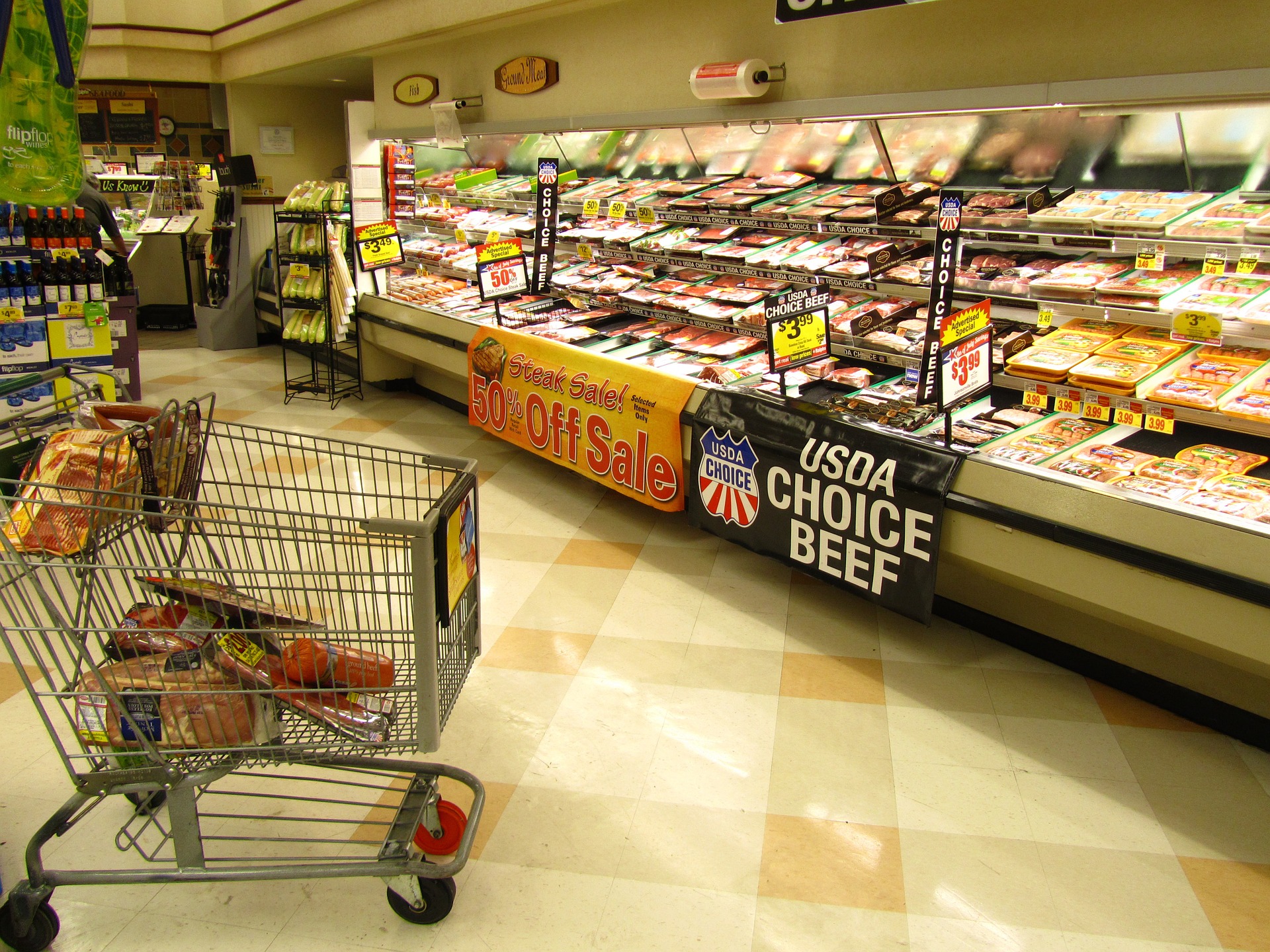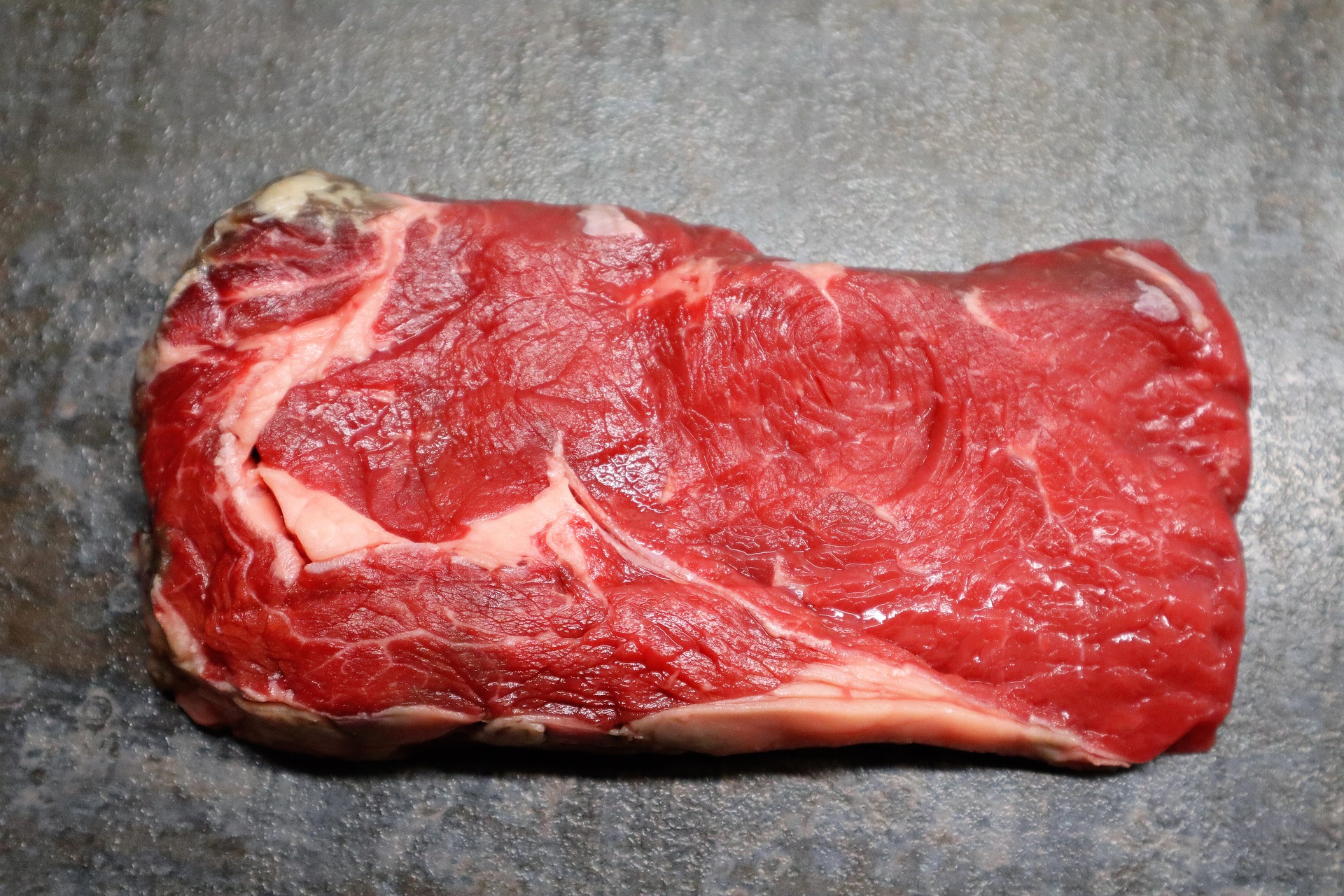Choosing the right type of meat at the supermarket can be a tricky affair.
The meat quality, price, and type of cut are all considerations a shopper must make, without the knowledge and personalized service your local butcher provides, and packaging that may hamper a true assessment of the meat.
The tips in this article will help you identify and choose the best meat at the supermarket while avoiding poor cuts and eliminating common mistakes linked to lesser quality offerings.
1. When was the meat packed?

The packing date will be displayed prominently on your packaged meat, usually with a used by date as well, which is longer for vacuum-packed meat. The fresher your meat is, the more options you have in terms of storage or use.
Ideally, you will go for that day’s packed meat, however, meat in the knockdown price phase of its shelf life can be alluring, especially when you’ll be cooking it on the same day.
If it was packed a while ago, try to make sure that the packet of meat isn’t filled with juices or looking a bit jaded. Generally, it’s best to avoid meat that’s too dark or too bright or looks like it might be slimy to touch.
2. Avoid pre-sauced or pre-sliced meat.

Back in the day, my father was a butcher (he can’t cook but, but the man can carve), and his first bit of meat buying advice was to never buy meat that’s been packed up in a sauce, because it’s almost always poor quality, and not worth the price of convenience.
Things are a bit different now, with vacuum-packed full pieces of meat, pre-cooked or heat and serve items such as brisket, ribs, etc… but if you are buying regular steaks or even a stir fry pack (meat cut into strips) in sauce, it’s likely the meat is tough, gristly, or both.
Unless you are going to slow cook it for a long time, my advice is to buy the cut you want and spend a little more time preparing it your desired way before using it.
3. Do your research on organic meats.

Organic meats come in different varieties – there is more than one type of certification – and the price of your cuts can be impacted dramatically because of this process.
Make sure that when buying your goods from a grocery or supermarket that you’ve thoroughly researched the brand of meat and their certification to make sure you are paying for a brilliant product.
Also, getting a USDA Certified Organic distinction can be a costly and time-consuming process for small farms, so look into the brands available at your local supermarket to see how they perform in the area of ethical and humane treatment of animals.
4. Know your cuts and their standard pricing.

The more you know about the different cuts of meat and how they are priced – not just beef, but pork and chicken – the better prepared you are to find bargains and better quality.
I’m happy to buy general groceries at one supermarket and meat from a different one because I know that I can get my go-to cut – top sirloin – $4.00 cheaper per pound than elsewhere, every week.
While I’m always on the lookout for weekly specials or knockdown prices, especially on those expensive meat cuts I don’t always have the chance to buy, having a baseline cut of good quality meat at an affordable price is important for adhering to a shopping budget.
5. Packaged ground beef.

When choosing the best packaged ground beef, look for packaging that specifies the cut of meat or poultry used and its lean-to-fat ratio.
Try to avoid simplified labels like “hamburger,” as they often come from different offcuts all ground up.
Better still, if your supermarket has the facility, get the butchering staff to grind up the meat for you, or do it at home yourself.
6. Buy meat cold and keep it that way.

Never buy a package of meat that’s not cold to the touch. If it’s not cold, don’t buy it.
Raw meat needs to be kept in cool enough temperatures, whether on display or not, to keep it fresh and healthy.
Also, this extends to when you purchase your meat, and especially chicken, during each shopping visit. The more time your meat spends out of refrigeration the more likely it is to develop unhealthy bacteria.
Make sure that the meat aisle is your very last stop before hitting the cash registers, especially if it’s a big weekly grocery shop and you’ll be in the supermarket for a while.
7. Fat means flavor.

Don’t be afraid of marbled meat, or meat and ground beef that has a higher fat content. If you are willing to put the work in by trimming it after cooking or draining off ground beef fat during cooking, then your meals will taste better.
Chances are, your higher fat content meats will also be cheaper to purchase, especially the mince, because of the notion that lean meat is healthier and more coveted by home cooks, which can be a little misleading.
A lot of it comes down to how much time you want to spend in preparation and cooking to amplify the flavor versus the cost of your pre-packed meat.
Conclusion
Buying from a local butcher is often the best way to ensure quality meat, as you can get better cuts, build relationships, and learn more about each product. However, most people purchase their meat from the supermarket because of a combination of efficiency, economics, and accessibility. It’s important to educate yourself on how to buy meat effectively and safely.












